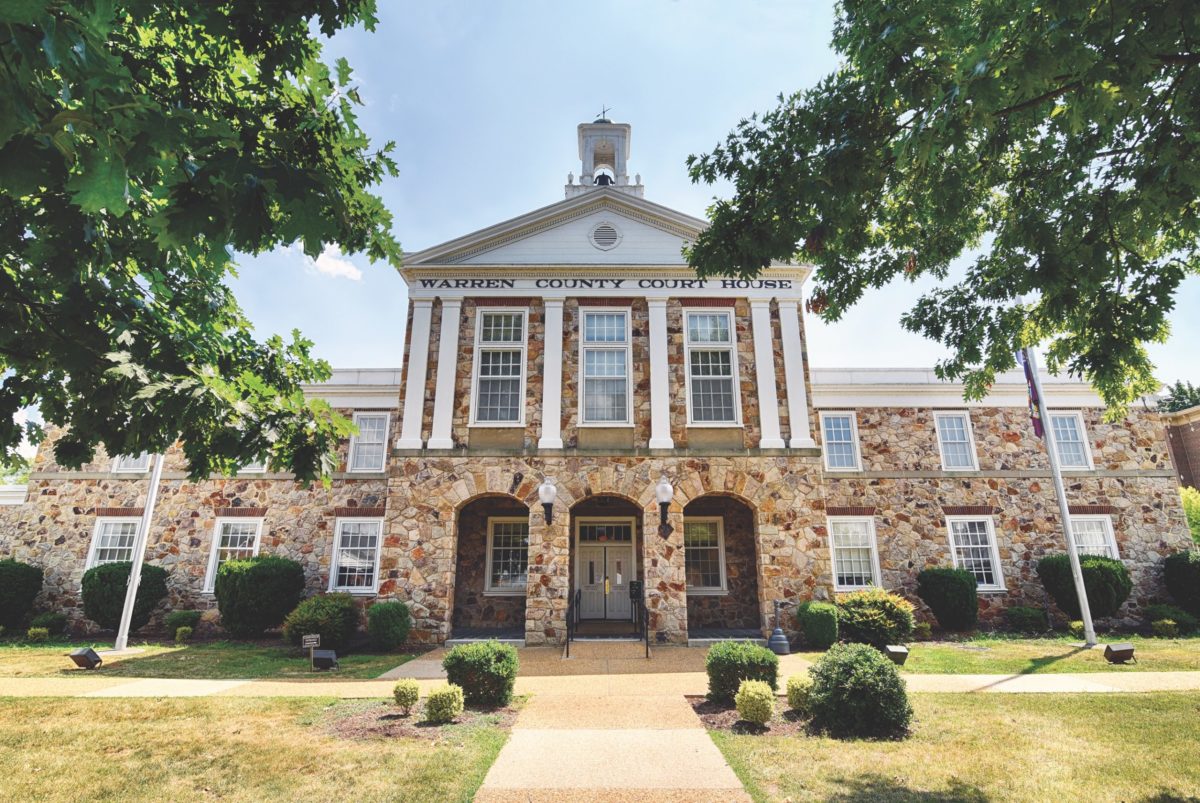Union and Confederate 1st Marylanders battled here with control of the Shenandoah Valley at stake
In the spring of 1862, Thomas “Stonewall” Jackson’s 48-day Shenandoah Valley Campaign sought to retain control of the heart of the Confederacy. “If the Valley is lost, Virginia is lost,” he claimed, and many in the South believed if Virginia was lost, the Confederacy was doomed. Following a Confederate victory at McDowell on May 8, the second battle of the campaign, Union Maj. Gen. Nathaniel Banks, in control of the Northern Valley, sent 1,000 men under the command of Colonel John R. Kenly, mostly 1st Maryland Infantry USA, to Front Royal to cover his left flank.
On the morning of May 23, Jackson rode ahead of his 17,000-man army to scout a concealed route to Front Royal. With an insider tip from a Warren County native in his ranks, Jackson ordered the 1st Maryland Infantry CSA to lead his army into town on a lesser-known road. After successfully sneaking past Federal pickets on the outskirts of town, men from both armies confronted each other at the Court House. It’s the only time in U.S. military history that two regiments of the same numerical designation and from the same state have engaged one another in battle. The fight was literally brother against brother, when Captain William Goldsborough of the 1st Maryland Infantry CSA captured his brother Charles Goldsborough of the 1st Maryland Infantry USA and took him prisoner.
Fighting continued through the streets until nearly 700 Federal troops surrendered after a failed last stand on the edge of town, which also left Kenly wounded.
Visitors can follow a driving path tour of nearly a dozen Civil War Trails signs through town and around, with detailed action and accounts of the fighting that took place here. Majestic views of the Shenandoah will captivate you, and charming historic homes and buildings make it easy to imagine the shocking impact on the townspeople here when thousands of troops literally brought the war to their doorsteps.
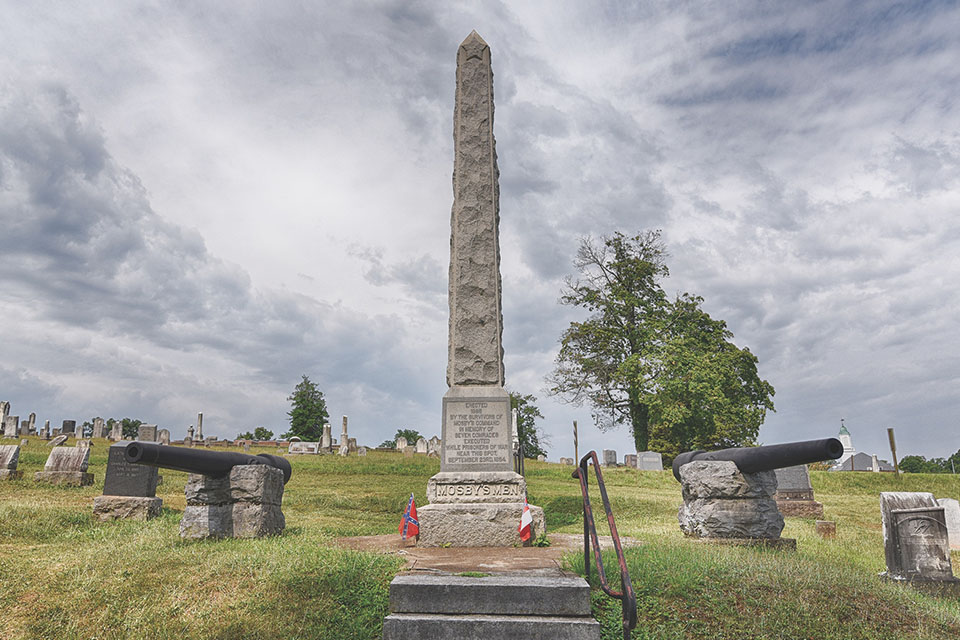
Prospect Hill Cemetery, 200 E. Prospect St.
When Confederate artillery reached this high point, they could see the whole field of battle and local legend says Stonewall Jackson watched part of the battle from here. The monument here to Mosby’s Rangers was erected in 1899 by the survivors of Mosby’s command as a memorial to the seven Rangers executed by Union cavalry in Front Royal in September 1864. The monument is flanked by two 30-pounder Parrott Rifles.
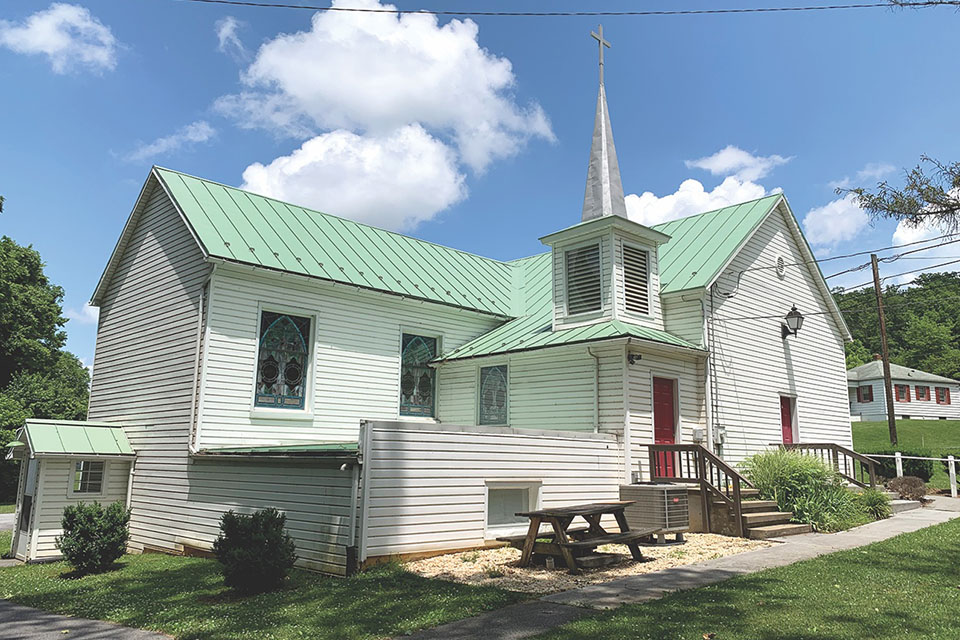
Asbury Chapel, 123 Windy Meadows Ct.
Asbury Chapel (now Asbury United Methodist Church) was built in 1848. On May 23, at 8 a.m., the Confederate advance halted here before Maj. Gen. Stonewall Jackson ordered them into town via a concealed road, today’s Rocky Lane. The church was used as a field hospital after the Battle of Front Royal. In 1916, when the building was dismantled, floorboards stained with blood were discovered. The church’s congregation completed the present structure in 1917, using mostly original materials.
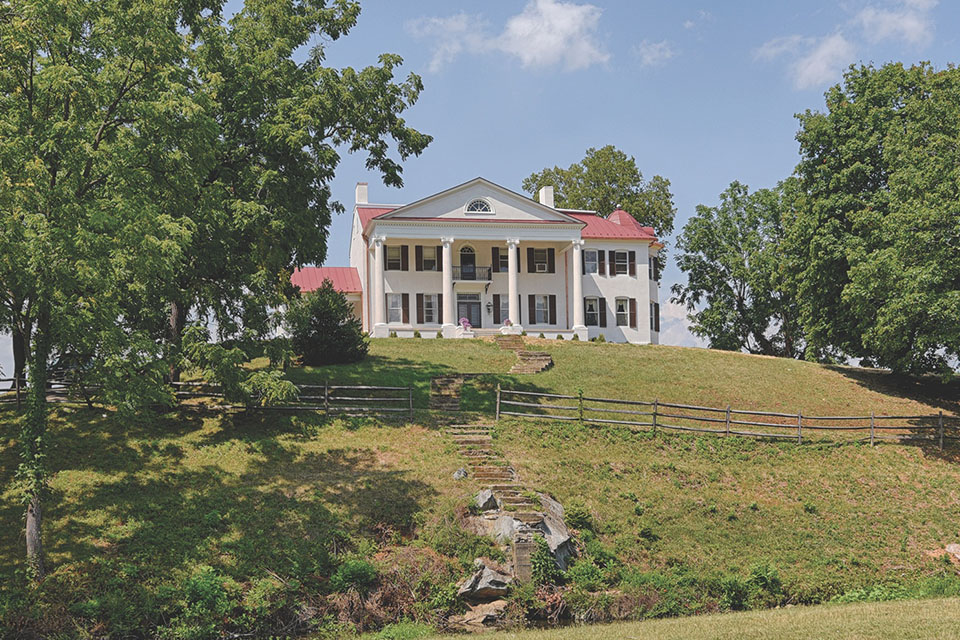
Bel Air, 5597 Bel Air Ave.
Built in 1795, the Buck family mansion was about a quarter of a mile outside Front Royal, and witness to the battle there. Lucy Buck, an avid diarist, lived in the mansion with her family. Her journal documented the impact of the war on civilians, including on her own family. A number of slaves also lived here, and many of them self-emancipated during the war. In the summer of 1863, Lucy wrote: “Ma told me that the [household slaves] had all left in the night and carried our three horses with them. Laura and I went to milk the cows while Ma, Grandma, and Nellie cleaned the house, got the breakfast, and dressed the children.”
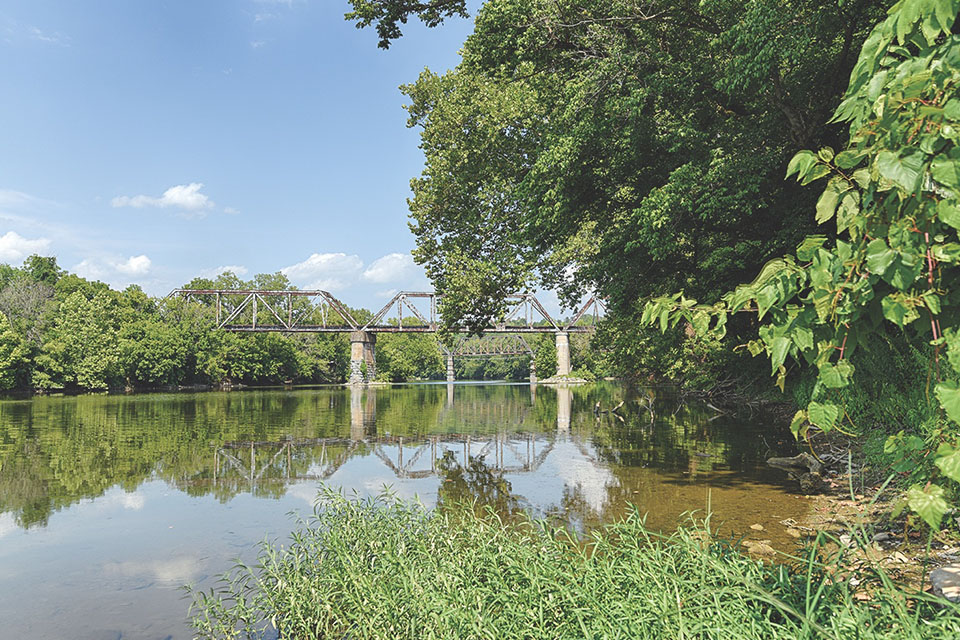
The Bridges, Royal Avenue
Flanked out of his position on Richardson’s Hill, Kenly hurried his men north to the bridges spanning the forks of the Shenandoah River. The Front Royal Turnpike Bridge stood at this spot on the South Fork; with the Manassas Gap Railroad bridge just east. As the Federals crossed, the 1st Maryland Infantry CSA pressed their rear while Louisiana troops attacked the flanks. Kenly ordered the bridges burned to thwart pursuit, but the Louisianans charged in to beat out the flames. The old bridge embankments that stood during the war can still be seen.
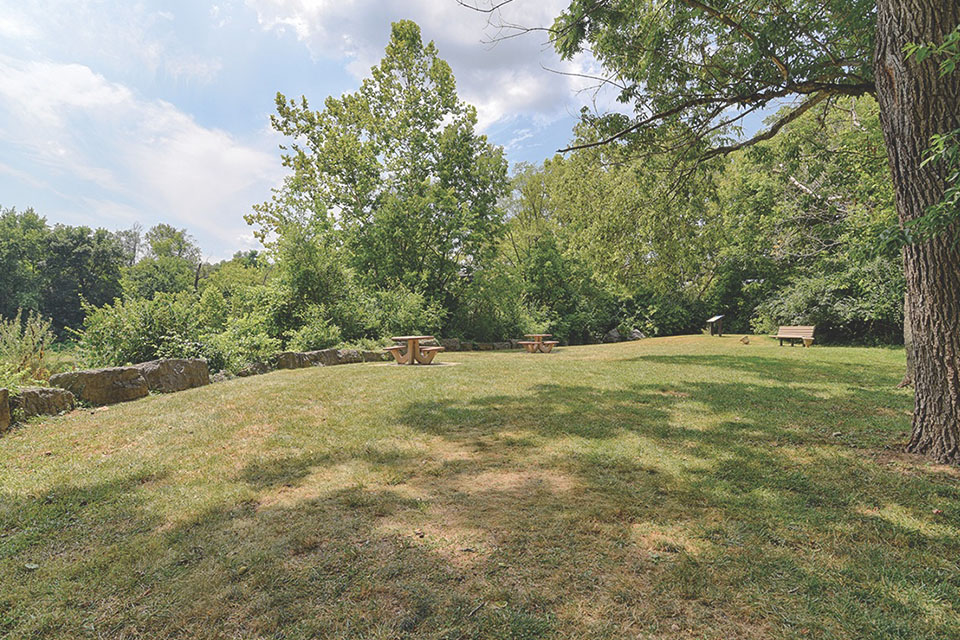
Guard Hill, Riverton Landing
Pursued by the 8th Louisiana Infantry, Kenly’s rear guard occupied Guard Hill just west of here. The prominence of Guard Hill offered him a good position to slow down the Southern advance. Lieutenant Charles Atwell’s guns held off the Rebels for nearly an hour, despite being shelled by Captain John A. Lusk’s battery from Atwell’s former position on Richardson’s Hill. When Kenly rode forward to check the progress of his bridge-burning orders, he found “the river below…alive with horsemen [i.e., the 6th Virginia Cavalry] crossing” at two points. Kenly ordered a retreat. The site of Guard Hill is today a park and picnic area.
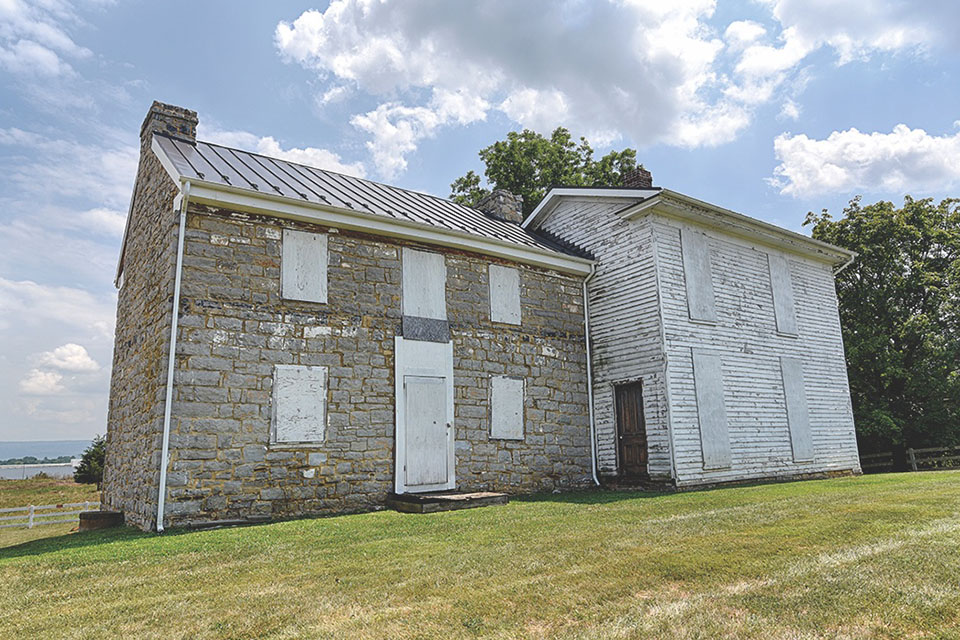
Fairview, 7181 Winchester Rd.
Located along Winchester Highway, “Fairview” was the wartime home of Thomas McKay. Here, Kenly rallied his 1st Maryland for a futile last stand. General Stonewall Jackson had ordered Colonel Thomas S. Flournoy’s 6th Virginia Cavalry in pursuit as Kenly’s troops retreated from Guard Hill. As Kenly tried to deploy his men, they were overrun by Flournoy’s troopers, unable to fix bayonets or form a front. Kenly ordered the 5th New York Cavalry to countercharge, but it was too late. The 6th Virginia’s charge, which Jackson later said was the most gallant and effective he had seen, overwhelmed Kenly’s force, which soon surrendered. Kenly would be wounded and captured. The Battle of Front Royal was over.
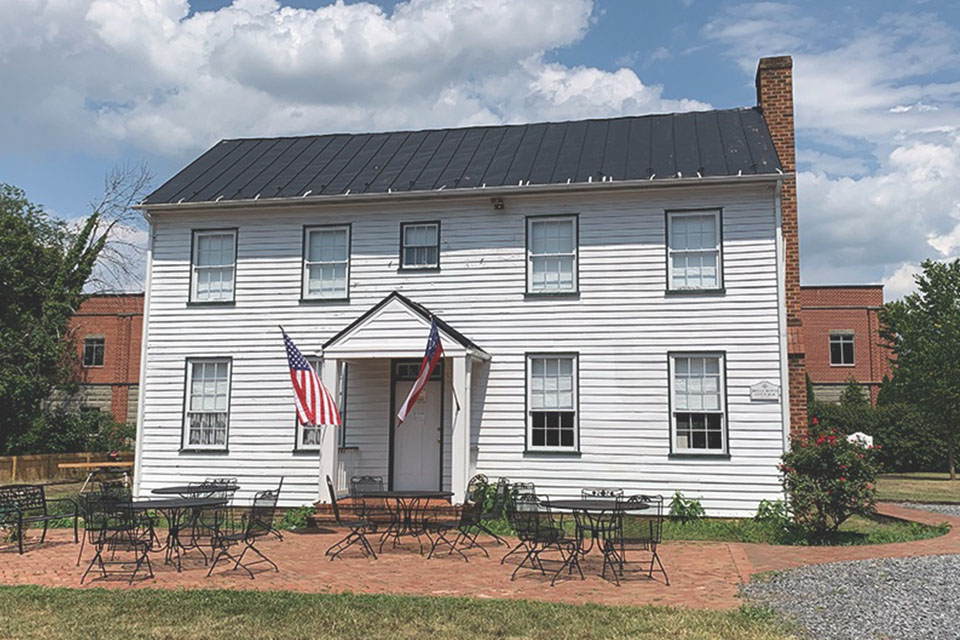
Belle Boyd Cottage and the Laura Virginia Hale Archives, 101 Chester Street
The famed Confederate spy Belle Boyd lived in this house with her aunt and uncle early in the Civil War. In May 1982 the Warren Heritage Society moved the structure to this site from its original location behind 317 East Main Street. Belle’s information on Union troop dispositions helped General Stonewall Jackson win the Battle of Front Royal.

